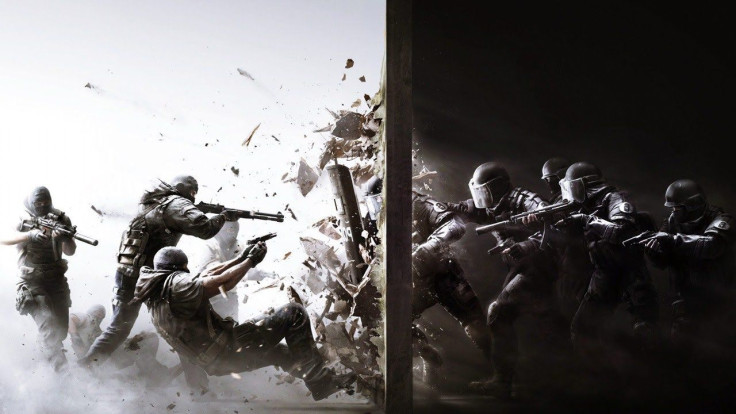Ubisoft, the developer of Rainbow Six Siege, recently uploaded a post explaining how the matchmaking system works for all Siege game modes. In the post, Ubisoft explained how you can gain and lose elo. If you compare matchmaking to what we had four years ago, it is now completely different. Four years ago, you were able to rank up/down with every win/loss. That means you could go from Gold 3 to Plat 3 with just three wins. However, with the new matchmaking system it determines your skill (MMR) and matches you with players with a similar skill level.
Rainbow Six Siege’s algorithm doesn’t care about kills, clutches, or other ways to rank performance. unlike other games such as CS: GO. Siege’s matchmaking rating solely depends on the amount of wins you get. It doesn’t matter if a game goes into overtime or even if you carried your entire team. After playing 10 ranked matches, you will be placed at a certain rank according to how many matches you won. Then you will start facing opponents at the elo you play in. If you placed Plat 3, then you will face players from Gold 2 to Plat 2 depending on the skill of the players on your team.
The best change Siege has implemented for matchmaking recently was unified MMR. This feature allowed players to retain the same elo in every region. Until this recent Y5S2 update, you could play on three different servers with three different ranks, which allowed for a lot of server hopping and boosting.
You might be wondering what elements can affect ranks. Ubisoft had written in their post that MMR changes are based on:
- The relative skill levels of the players/teams in the game.
- Whether or not the player won the match.
- Large skill difference between teams has a dramatic outcome based on who won the match. Example: If two players of different ranks play against each other, and either of them win. The lower ranked player will get more MMR, while the higher ranked player will get less MMR. This is one of Ubisoft’s approaches to determine MMR for players.
- Prematurely exiting a ranked match always counts as a loss toward skill ranks, even if their team won
- Abandoning a match or inactivity are all included.
- Connection issues do count as a loss, but not as a win if their team won.
- When internet connection is lost then restored, the player is given an option to re-join the match instead of taking the penalty.
The soft MMR reset that occurs at the beginning of every season is also a really helpful feature. Ubisoft has decided that most players will get a soft reset at 2500 MMR, but depending on your previous ranks it can vary from 1500 MMR to 3500 MMR. This soft reset allows players to reach their true rank at a faster rate. If you were Diamond last season, you can hit Diamond again faster than a player who was Gold or lower Platinum the previous season. At the end of the season you get the charm of the highest rank you have reached. For instance, if you hit Plat 1 and you fall back down to Gold 1 after playing all season, you still receive a Plat charm.
So, what are your thoughts on Rainbow Six Siege’s matchmaking? Do you think this change is helpful for players or you want matchmaking to be more like CS: GO? Whatever your thoughts may be, let us know in the comments below.


















